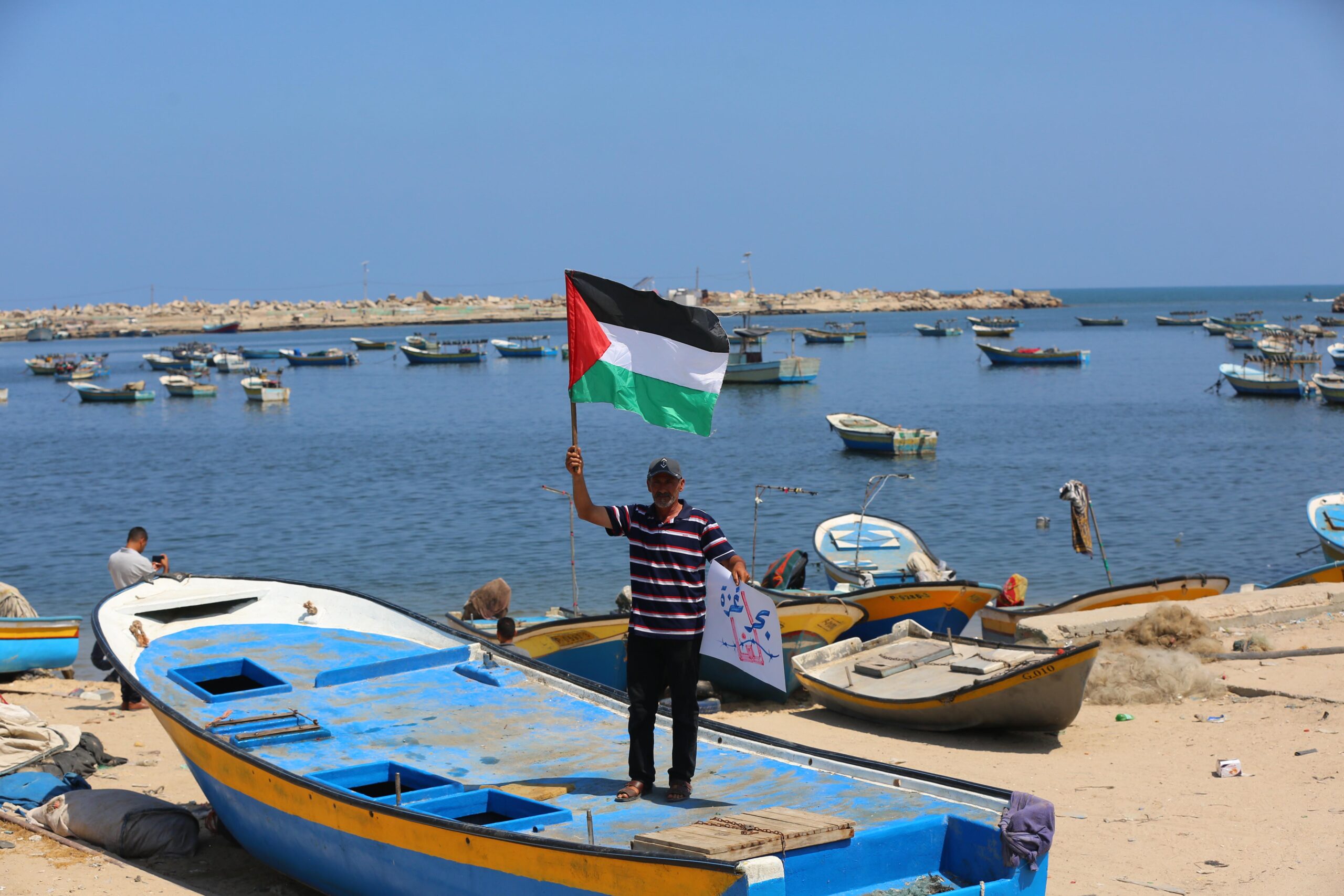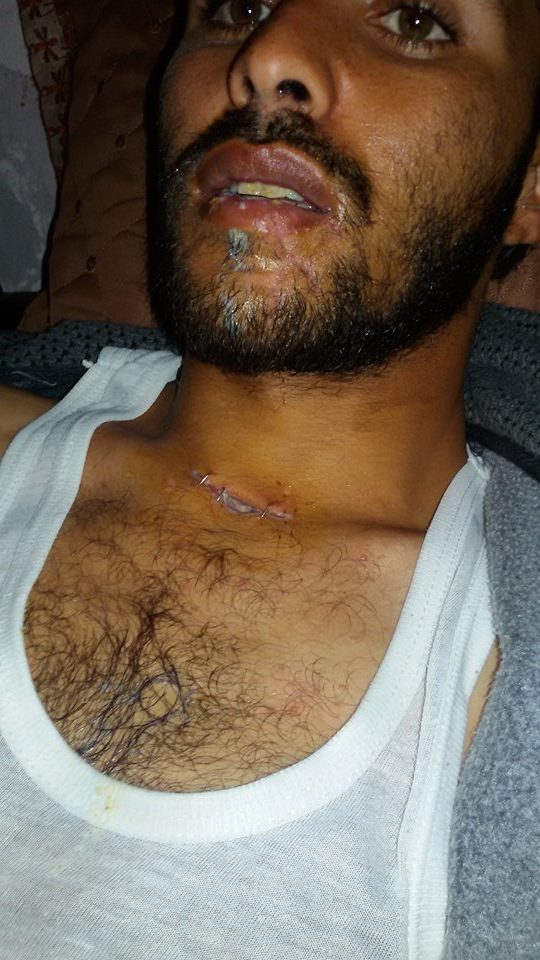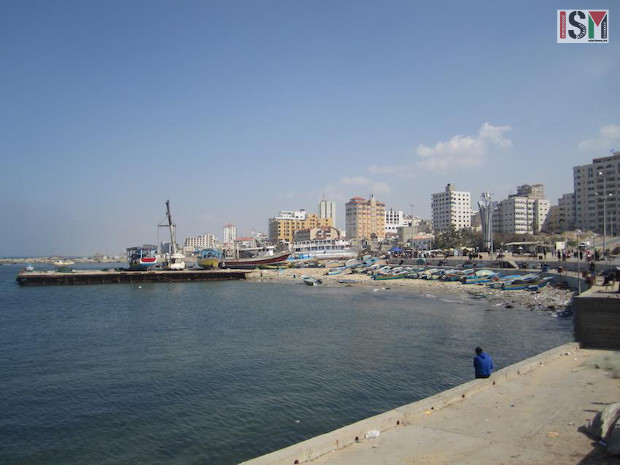Tag: gaza fishermen
-
Fisherman’s union hold a sit-in at Gaza port demanding an end to Israeli abuses
13 July | International Solidarity Movement | Gaza On Sunday, the Fishermen’s Syndicate in the Gaza Strip organized a protest sit-in and a press conference, demanding an end to the Israeli abuses against fishermen and the expansion of the fishing areas in the Gaza Sea. Dozens of fishermen took part in the Gaza Port vigil…
-
Israeli navy attacks and seriously wounds Gaza fishermen
1st March 2016 | International Solidarity Movement, Gaza-team | Deir El Balah, Gaza Strip, occupied Palestine One month ago Mohamed Said El Saidi, 23 years old, and his brother went back to the sea around 5am in order to pick up the nets that they had previously left 2 miles offshore in Deir El Balah. When…
-
1312 reported attacks against fishermen since the end of 2014 massacre on Gaza
11th August 2015 | International Solidarity Movement, Gaza Team | Gaza, Occupied Palestine Two days ago, on Sunday’s night at 3am, the occupation forces kidnapped fishermen Mohamed Ismail Sharafi, 34 years old, and Mohamed Saidi, 22 years old, in Gaza City waters. According to the testimony of the other fishermen that where working with them…



